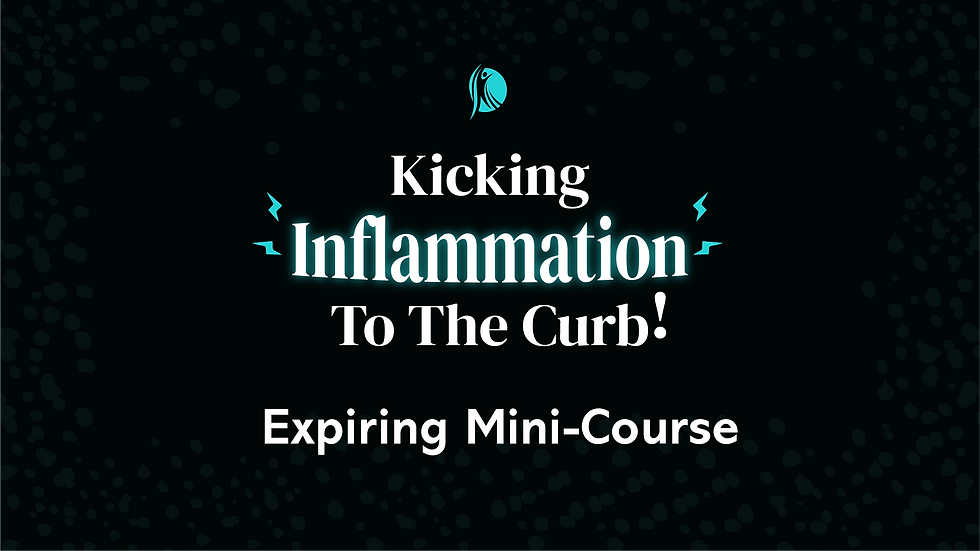Interval Training and Inflammation
- ahwcweb
- May 22, 2024
- 2 min read
Updated: May 27, 2024

Interval training, characterized by alternating periods of intense exercise with periods of rest or lower-intensity activity, can have both positive and potentially negative impacts on inflammation, depending on various factors such as intensity, duration, and individual physiology.
Is Interval Training right for you? Consider the following:
Acute Inflammatory Response: During high-intensity intervals, especially those involving activities like sprinting or high-intensity resistance training, the body undergoes acute stress, leading to a temporary increase in inflammation. This response is a natural part of the body's adaptive process, as it signals to repair and strengthen tissues in response to the stress placed upon them during exercise.
Regulation of Chronic Inflammation: Interval training has been shown to help regulate chronic inflammation, which is linked to various health conditions such as cardiovascular disease, diabetes, obesity, and autoimmune conditions. Regular exercise, including interval training, can help modulate the body's inflammatory response by reducing levels of pro-inflammatory cytokines while increasing anti-inflammatory cytokines.

Effects of Intensity and Duration: The intensity and duration of interval training sessions can influence their impact on inflammation. Higher-intensity intervals may lead to greater acute inflammation, while longer-duration sessions could potentially exacerbate chronic inflammation if not balanced with adequate rest and recovery.
Individual Variability: Individuals may respond differently to interval training in terms of inflammation. Factors such as age, fitness level, genetics, and underlying health conditions can all influence how the body responds to exercise-induced stress and inflammation.
Overall Health Benefits: Despite the temporary increase in inflammation during intense intervals, the overall health benefits of interval training, including improved cardiovascular fitness, metabolic health, and weight management, outweigh the short-term inflammatory response for most individuals. Regular exercise, including interval training, is associated with a lower risk of chronic inflammatory diseases.

Importance of Recovery: Proper recovery is essential for minimizing the negative effects of inflammation and maximizing the benefits of interval training. Adequate rest, hydration, nutrition, and sleep play crucial roles in the body's ability to repair tissues, regulate inflammation, and adapt to the stress of exercise.
While interval training may temporarily increase inflammation during intense intervals, it can help regulate chronic inflammation and offer numerous health benefits when incorporated into a balanced exercise routine. Individual factors and proper recovery strategies should be considered to optimize the inflammatory response and overall well-being.
Start Slow and Gradually Increase Time and Intensity as your body responds favorably. If it complains decrease intensity.
Next week we will consider what if interval training is not right for you.

Are you tired of letting inflammation take over your life and the things you love?
What if you could get rid of your inflammation and start living the life you want to without pain? Would you try?
Check out our new Free Mini-Course, Kickin’ Inflammation to the Curb, HERE, where you learn important steps to get started in your journey without inflammation!
Blue Skies,
Dana
Would you like to personalize a unique-to-YOU diet plan?
Click below to schedule an appointment
or





Comments